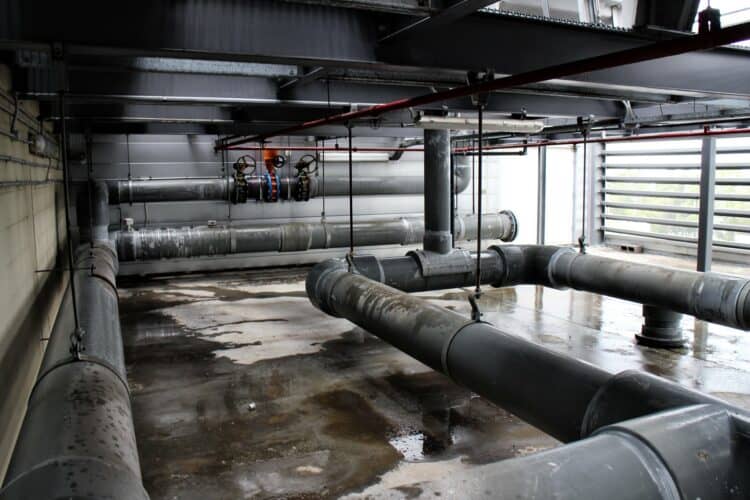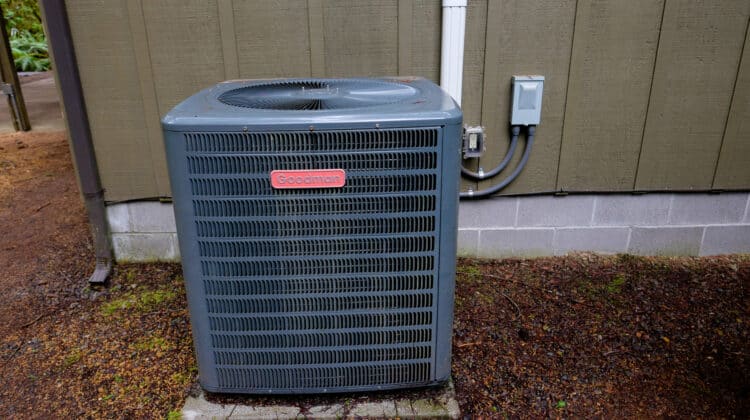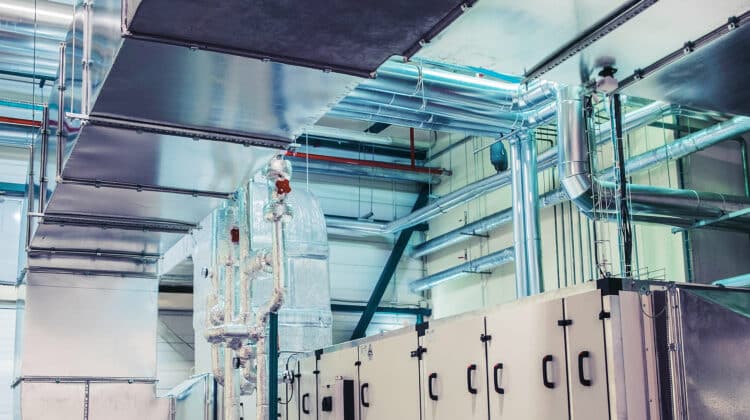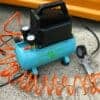
Life without air conditioning is unbearable. Even thinking about can make you feel the scalding heat.
The improvement of how you cool and keep warm is a welcome to many. All this makes you appreciate having this technology. Yet, a lot of people have little to no ideas about how this system works. But you need to know how it works.
If you know how you’re a/c works, you can improve its working.
You can make the a/c run longer and better. And whenever you need a replacement, you can find one that suits your needs with ease.
Table of Contents
What is central air conditioning?
Central a/c is the most common way of cooling for many.
Some refer to it as split systems because of the separate outdoor and indoor components. The best way to describe an a/c is by the condenser unit that is the outside unit and the ductwork.
How does a central A/C system work?
An air conditioning unit absorbs the heat from the air inside your home. And then it expels it through the refrigeration cycle (more on that below).
But before you understand how the system works, it would be best if you first got an idea about the parts.
Components of an air conditioning system
The two most prominent parts of the system are the outdoor unit and the indoor unit. As mentioned before, the condenser is the outdoor unit. It does most of the work.
But it still works in tandem with the air handlers. And distributes fresh and conditioned air throughout the rooms.
The coil which is inside the furnace’s top part, or an inside air handler, is the indoor unit.
What is the refrigeration cycle?
Whenever the thermostat detects a spike in the temperature, it initiates cooling. But the air temperature has to spike above the set point. The thermostat signals the control board in the air handler that starts cooling.
- Blower draws in the heated air from the return ducts for conditioning. Conditioning takes place in the air handler’s cabinet or the furnace set up.
- Air first goes through the air filter to remove any particulates.
- The air, now clean, passes through the evaporator coil, where it removes heat and warmth from the air. Metal fins inside it increase the surface area. The conditioned, clean, and cold air then circulates through the home.
- Connecting the indoor and outdoor units of the split system is the line set. These are copper tubes with refrigerants inside.
- This process is a cycle. And the heat trapped inside the line dissipates by cycling through the evaporator coils. There is a fan at the top that pushes the air to make the process faster. The refrigerant compresses and goes back into the evaporator coil.
It is remarkable that you now know how the system works. But there are still a couple of things you have to familiarize yourself with before you are good to go.
That includes the technical jargon that HVAC professionals use. That way, you will be able to understand what they mean.
Here are some terms;
HVAC – This acronym is popular. But not so many know what it stands for in the system. The acronym categorizes the equipment that people use to control conditions. It includes the air quality, temperature, and humidity. It stands for heating, ventilation, and air conditioning.
Split system – It refers to how the system separates into two units, that is outdoor and indoor units.
The BTU – It is a measurement of the amount of heat ejected from the air in one hour. The acronym stands for British Thermal Units.
Ton – For a start, the equal of a singleton is twelve thousand BTU. Ton, the same as BTU is a measurement. But, a ton is a measurement of the capacity to cool your unit provides under normal circumstances. When you are choosing a unit for your home, you can measure the ton by the square feet you need to heat or cool in your home.
The Bottom line
Learning anything new may seem overwhelming. And you can say no less for the air conditioning system.
Now that you know the basics, grasping how the system works is easy. It is even simpler to discover when and if your system has an issue.
And knowing what the basic jargon means, makes communication with professionals more straightforward.





